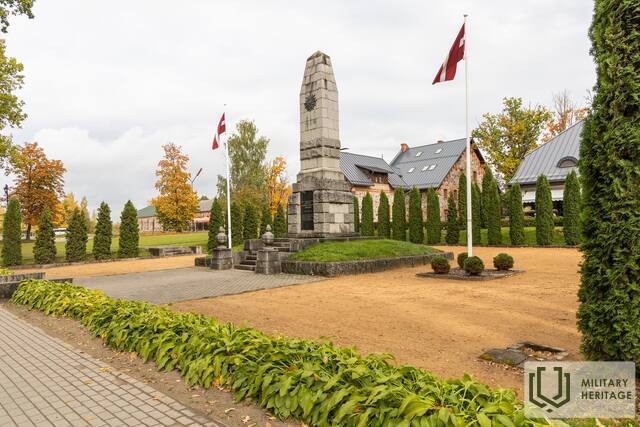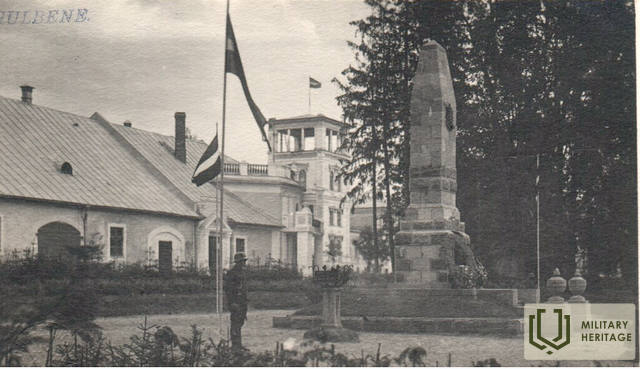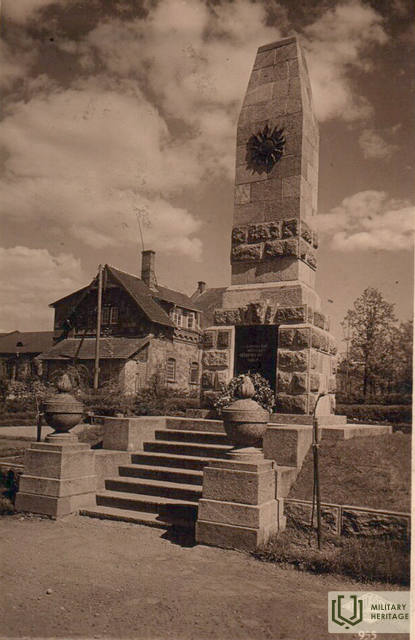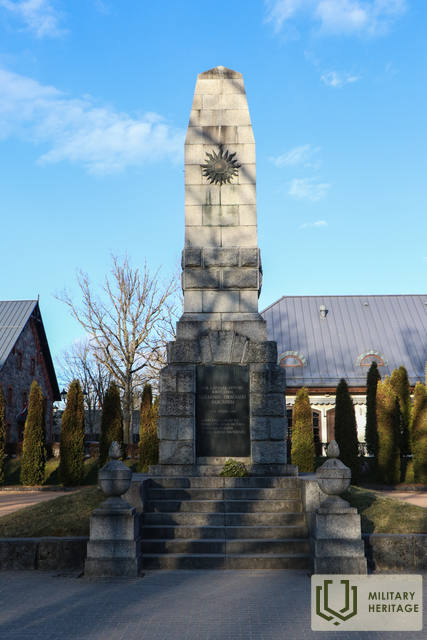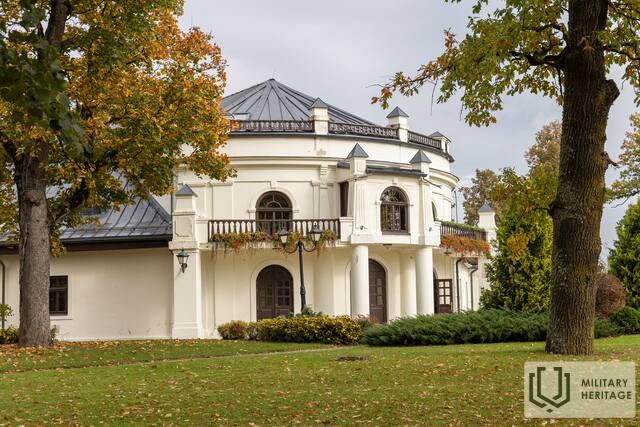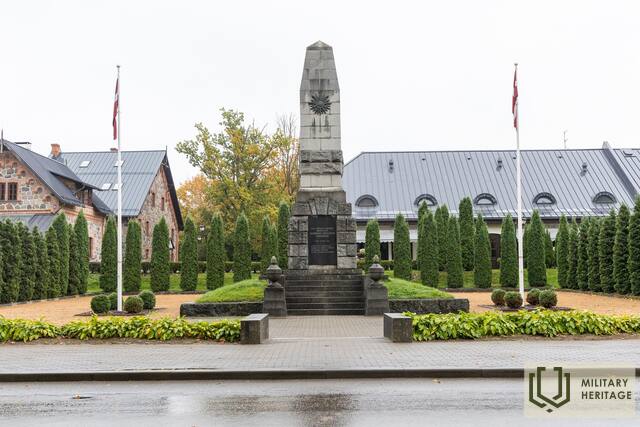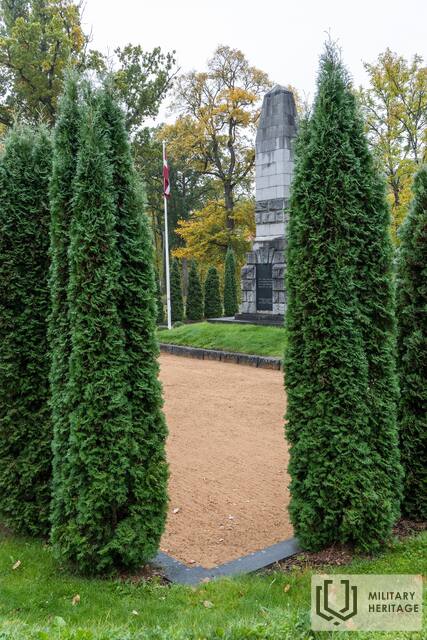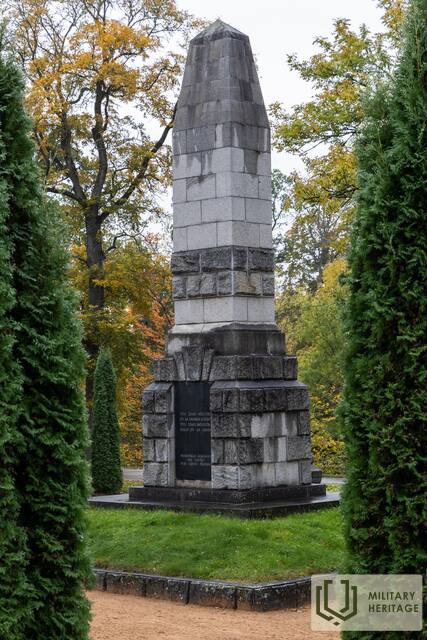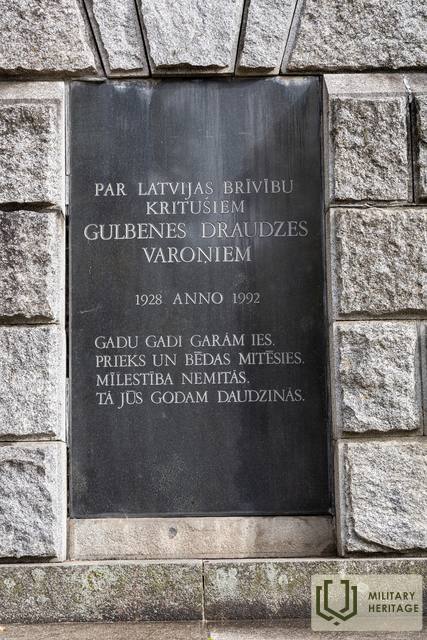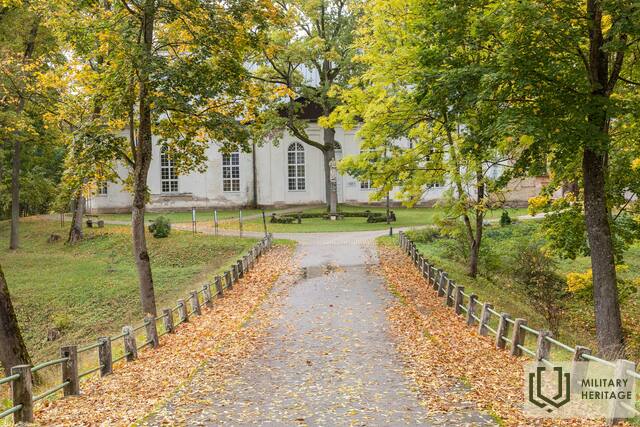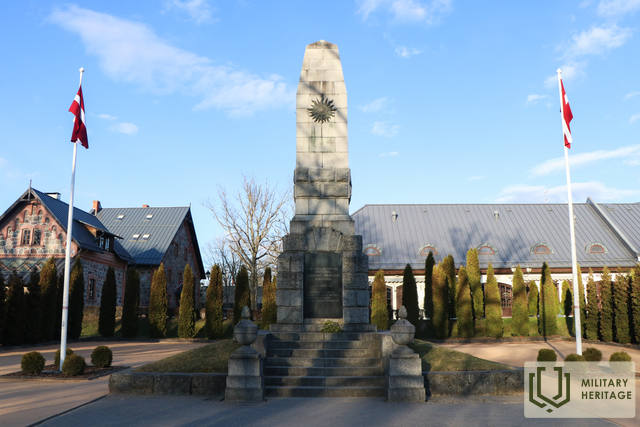Paminklas žuvusiems Gulbenės parapijos didvyriams už Latvijos laisvę
Memorialinė vieta

Įsikūręs istoriniame Gulbenės centre, priešais Gulbenės evangelikų liuteronų bažnyčią.
Paminklas 1905 m. neramumų aukoms, Gulbenės bendruomenės nariams, žuvusiems Pirmajame pasauliniame kare ir Latvijos nepriklausomybės kare, bei Malienos tribunolo aukoms atminti. Paminklą suprojektavo E. Ābeltīns, o 1929 m. jis buvo atidengtas priešais Gulbenės evangelikų liuteronų bažnyčią. Po Antrojo pasaulinio karo ant paminklo buvo pastatyta penkiakampė žvaigždė, o ant jo pagrindo – bronzoje nutapytas gipsinis sovietų kareivio atvaizdas, o už paminklo įrengtos žuvusių sovietų kareivių kapinės. Kai 1969 m. Spārytės parke buvo atidarytos naujos Antrajame pasauliniame kare žuvusių sovietų kareivių kapinės, žuvusiųjų palaikai buvo perkelti į jas, tačiau paminklo vieta sulyginta su žeme. 1989 m. rudenį buvo iškasti paminklo pamatai ir išnešta kapsulė su tekstu, kuri juose buvo įmūryta 1928 m. Paminklas buvo restauruotas 1992 m. (skulptorius O. Feldbergs).
Nuo 1918 m. gruodžio 24 d. iki 1919 m. gegužės 31 d., kai 1-asis (4-asis) Valmieros pėstininkų pulkas išvadavo Gulbenę iš bolševikų, bažnyčioje veikė Malienos (Vecgulbenės) revoliucinis karo tribunolas ir Darbininkų klubas. Jo veikla pasižymėjo griežtais sprendimais ir dideliu mirties bausmių skaičiumi, dažnai už smulkius nusikaltimus – buvo ištirtos 349 bylos, kuriose kaltinami 606 asmenys.
Matoma memorialinė skulptūra.
Panaudoti šaltiniai ir literatūra:
Zudusilatvija.lv, GNVMM muziejaus kolekcija




